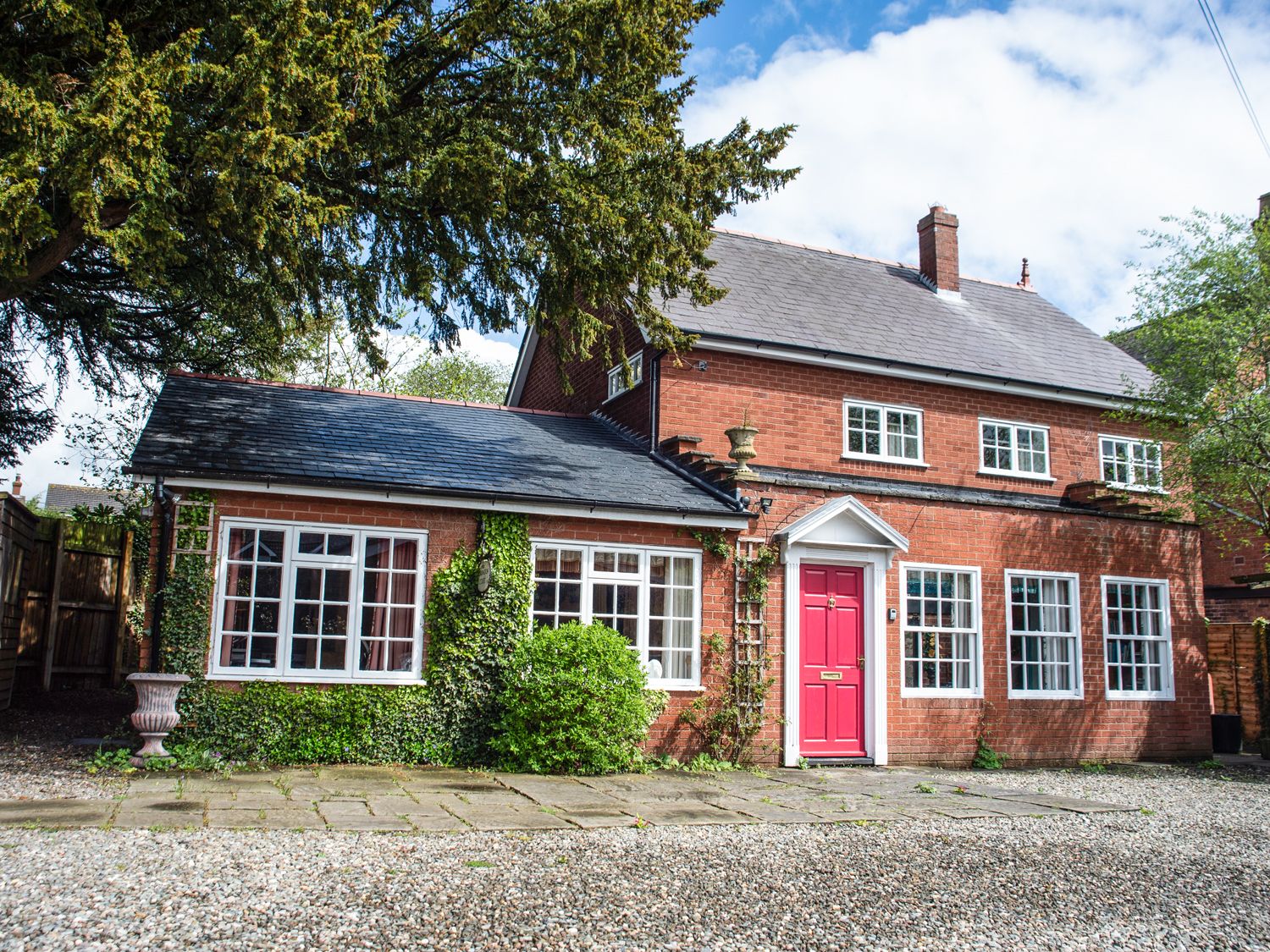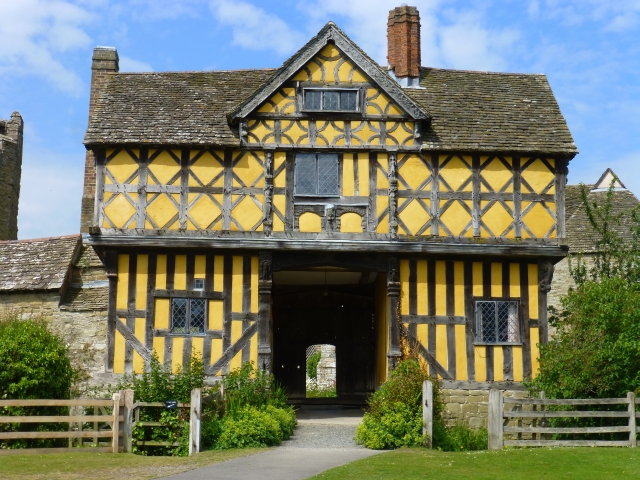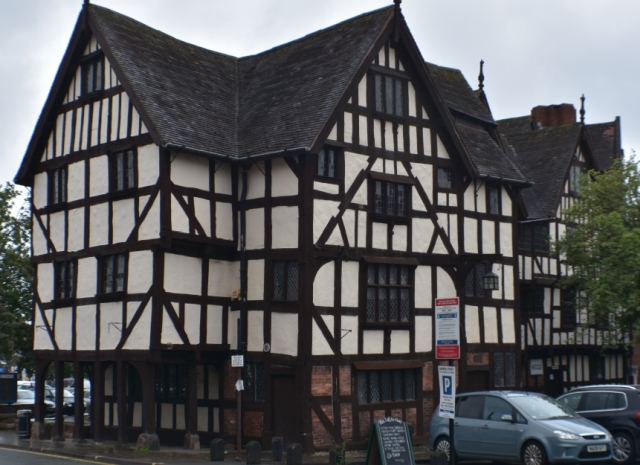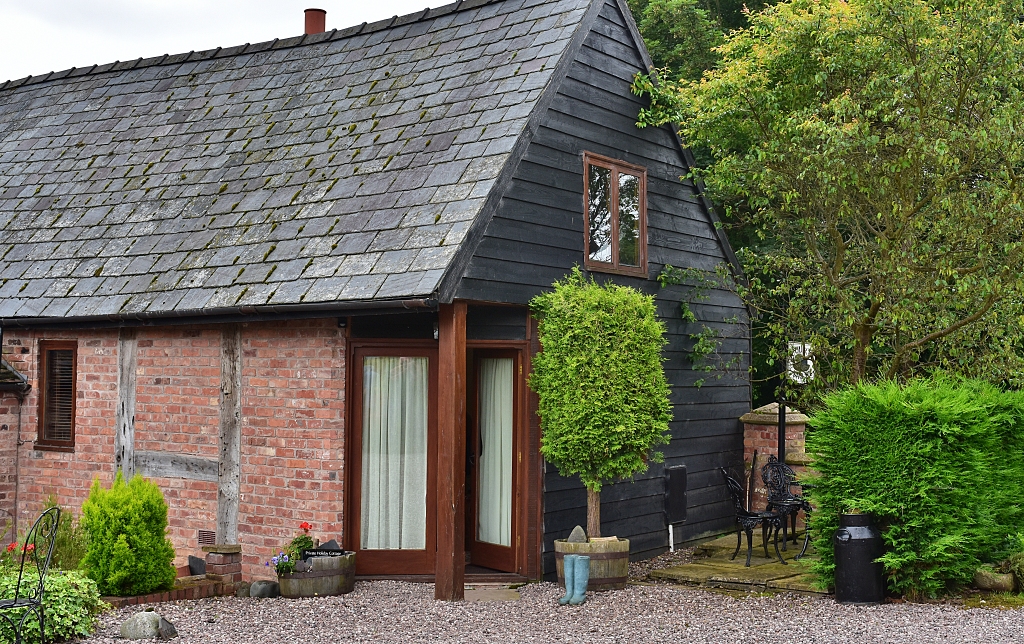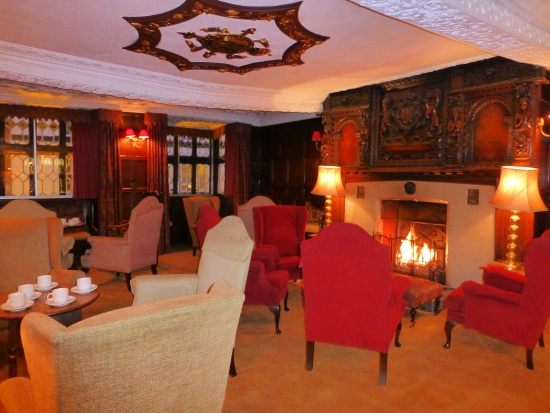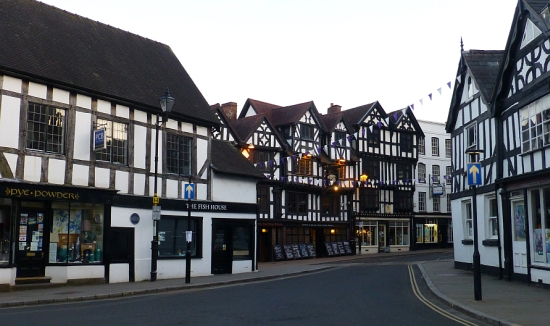Coalport China Museum
The Coalport China Museum sits prettily next to the Coalport Canal, which gave access to the River Severn as it flowed through the Ironbridge Gorge in Shropshire.
The museum is one of the ten museums that make up the Ironbridge Gorge World Heritage Site in what is regarded as the birthplace of the Industrial Revolution. A number of the original factory buildings survive and the museum contains the national collections of Coalport and Caughley china. Live demonstrations take place to ‘show-off’ the traditional skills required by the former crafts men and women to make the elegant ceramics produced at this site.
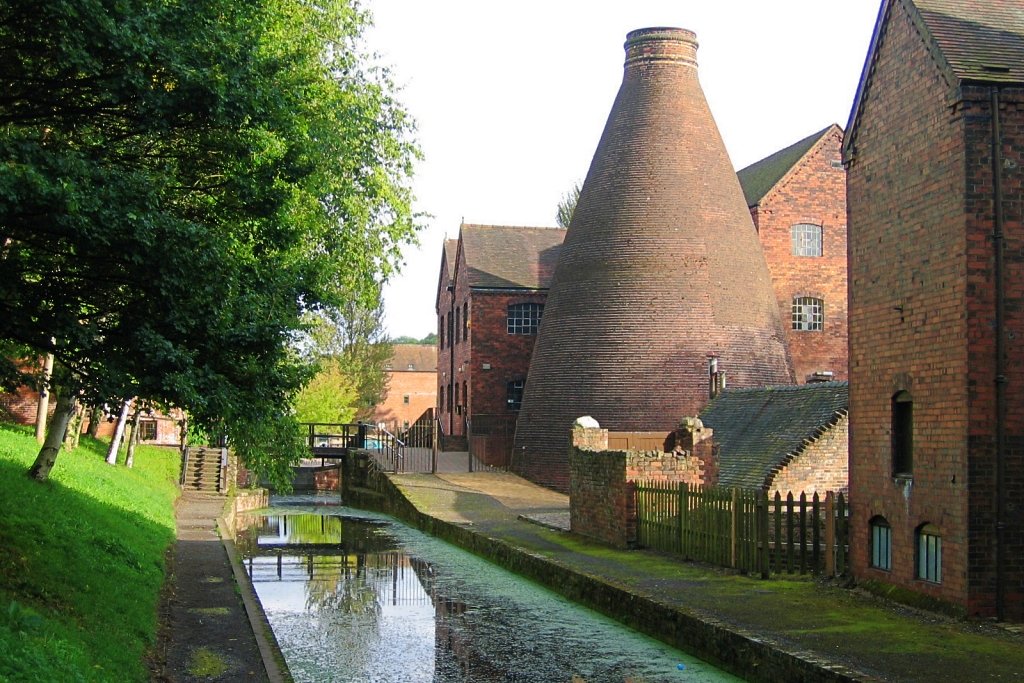 Coalport China Museum © essentially-england.com
Coalport China Museum © essentially-england.comWilliam Reynolds had the idea of building a canal and river junction to aid the industries developing within the Ironbridge Gorge. Between 1788 and 1796 he built factories, warehouses, workshops, and workers' housing around this junction, and soon a small settlement became a town.
The towns’ name derives from the large quantity of coal that was transported from here. It was the easily mined near-surface coal that made the Gorge such an industrial hotbed, and access to the canal and river system was vital for the transportation of materials into and out of the surrounding factories.
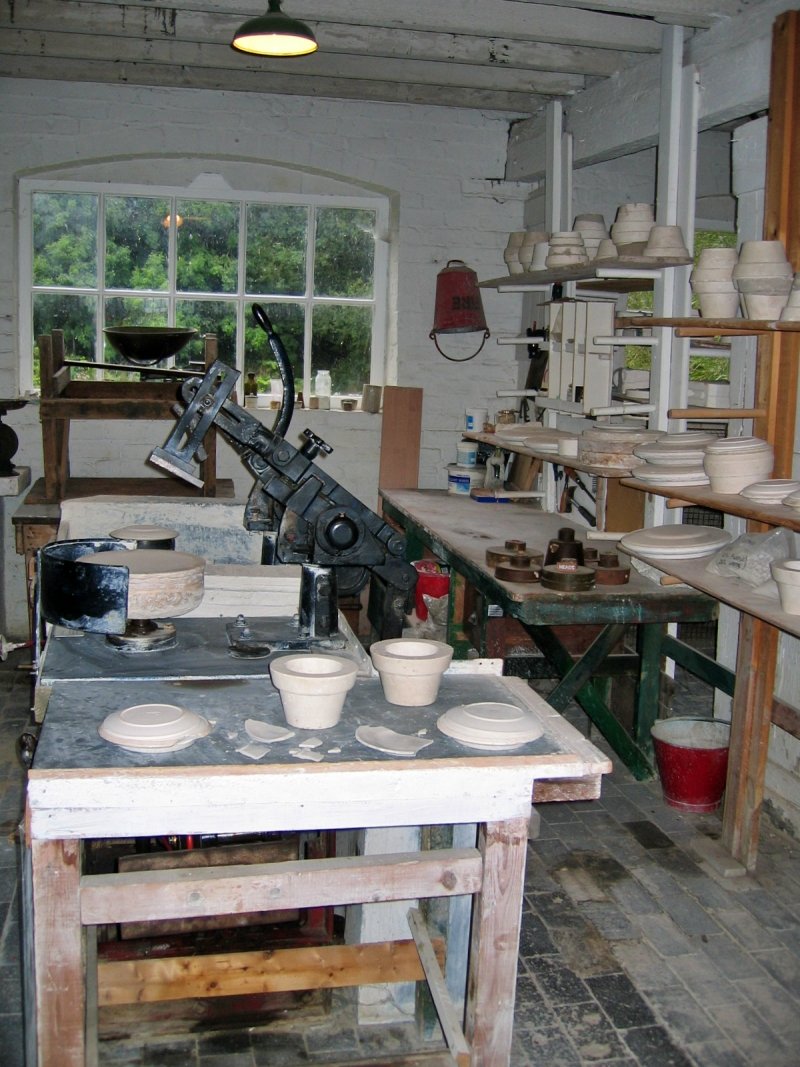 Coalport China Museum Workshop
Coalport China Museum Workshop © essentially-england.com
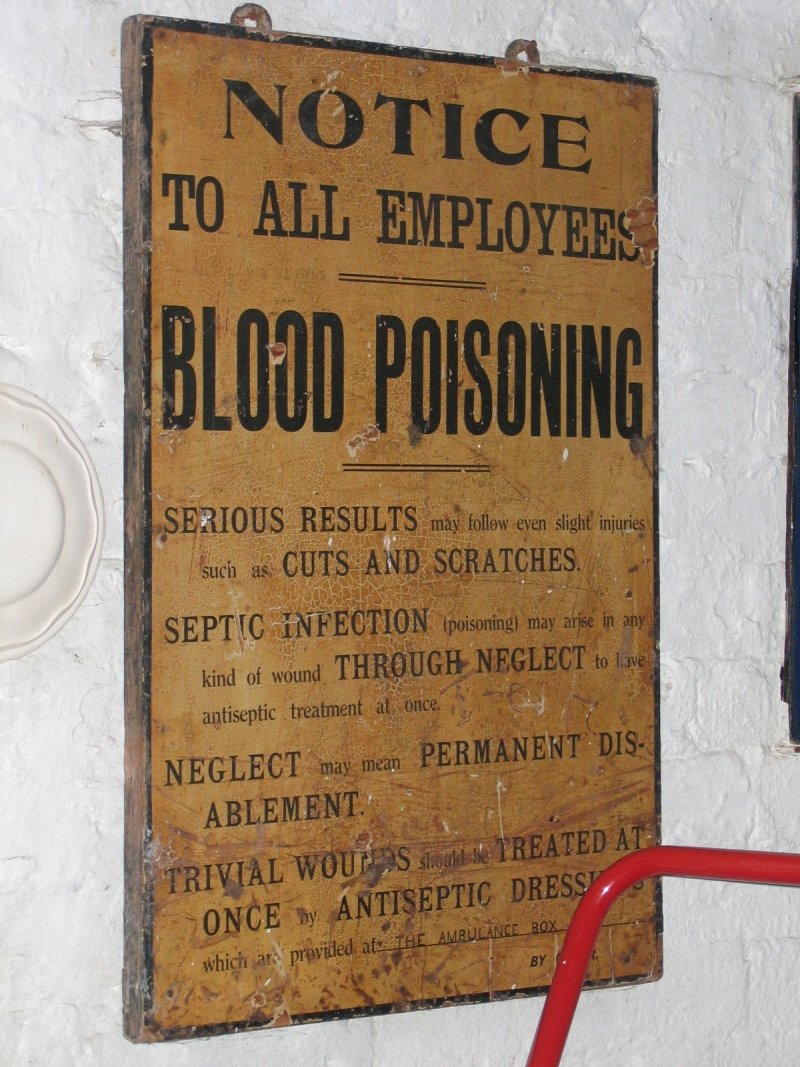 Old Style Health and Safety at Coalport China Museum
Old Style Health and Safety at Coalport China Museum © essentially-england.com
There is evidence of ceramic goods being made around the Ironbridge Gorge area since Roman times. When Sir Walter Raleigh introduced England to tobacco in the late sixteenth century, pipe smoking became fashionable and the small town of Broseley in the Ironbridge Gorge became famous for its clay pipes. Clay pipes were manufactured here for almost 400 years and Broseley clay pipes were recognised around the world.
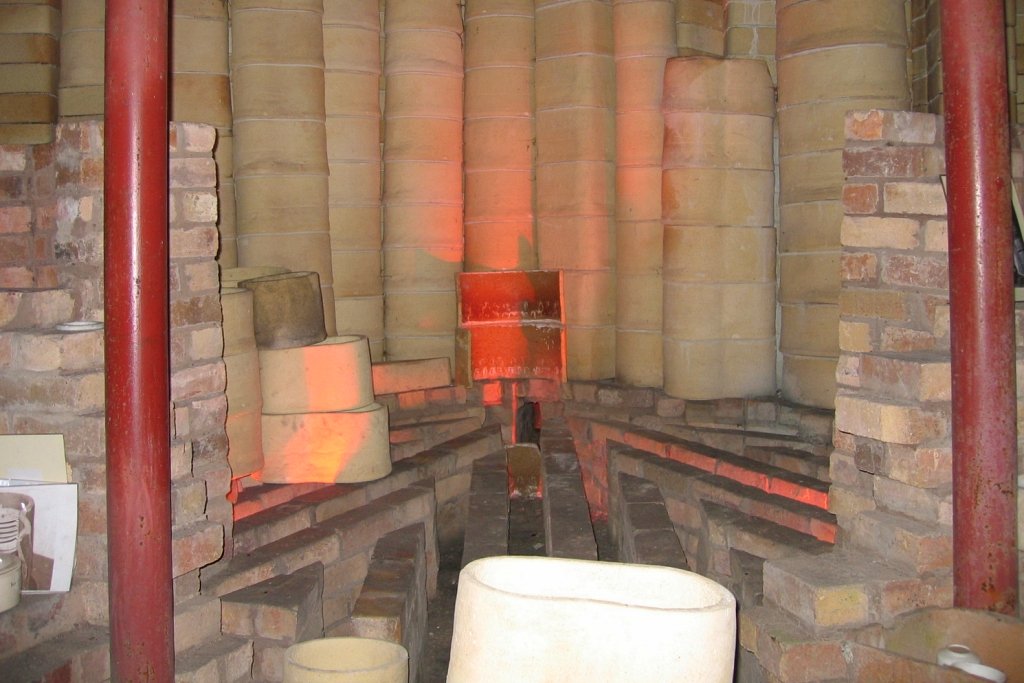 Inside a Bottle Kiln at The Coalport China Museum © essentially-england.com
Inside a Bottle Kiln at The Coalport China Museum © essentially-england.comSo the people of the area understood the technicalities of firing clay and had a good supply of coal to create the heat in the kilns. However, one thing they would have to bring to the area was the china clay, as this wasn’t available locally. China clay was mined in Devon and Cornwall, in the South West of England, and needed to be transported up to the Ironbridge Gorge.
Porcelain, China, and Bone China. What’s the Difference?
When firing clay in an oven or kiln you can, providing you have the correct conditions, make permanently hardened pottery.
The properties of the pottery are determined by the composition of the clay, additives used, and firing temperature, and this has led to the development of many different types of pottery.
The terms used in the pottery industry can be somewhat confusing so, keeping things simple, and in line with what was produced in Coalport, here are some brief descriptions.
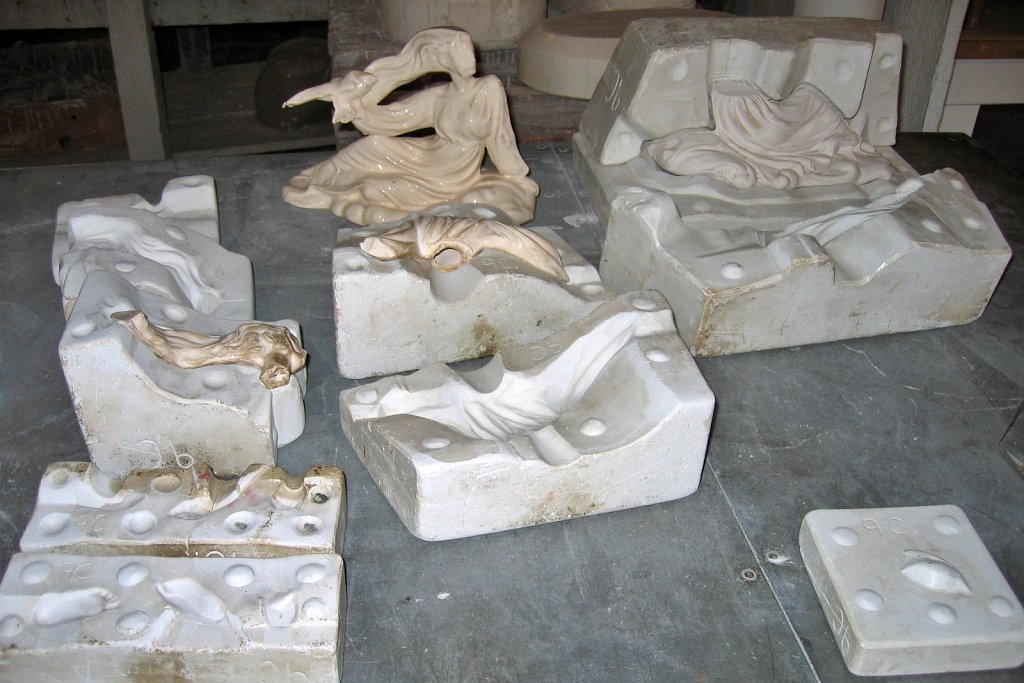 China Figurine Moulds © essentially-england.com
China Figurine Moulds © essentially-england.comThe word “ceramic" is derived from the Greek word keramos meaning “of pottery” or “for pottery”. It is the broad term used for a material that is formed after firing in an oven or kiln. Common forms of ceramics include pottery, bricks, and tiles.
Porcelain and china refer to the same type of ceramic material. The first porcelain was made in China and somehow this became its more common name within the United Kingdom. China is a white, fine-grained pottery that is translucent and is made from china clay.
Bone china has between 25 to 50% of bone ash added to the clay. The bone ash is usually animal (cow) bone and is formed by heating bone to around 1000°C and then grinding it into a fine powder. Bone china are is easier to make, is strong, and does not chip as easily as china or porcelain. It also has a nice white colouring.
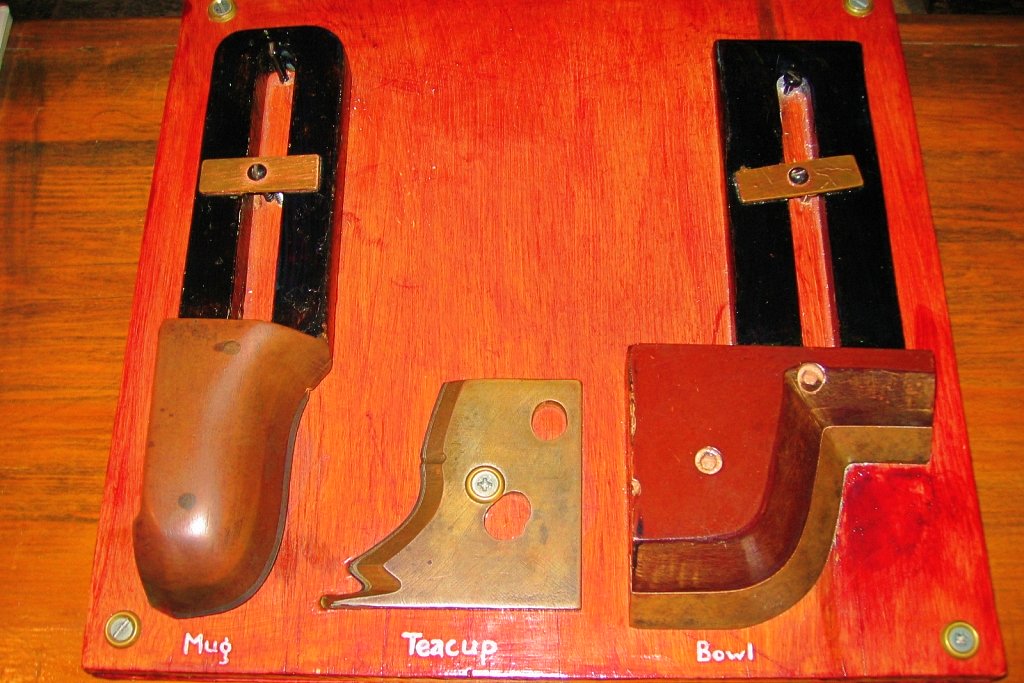 China Moulding Tools © essentially-england.com
China Moulding Tools © essentially-england.comThe pottery can also be glazed, which is a term for making it ‘waterproof’ or non-porous by applying a glassy surface layer. The glaze may be transparent or coloured, and is applied before firing or after a partial firing.
Coalport China
It was in 1795 when John Rose started making Coalport China in buildings right next to the canal. He started his career as an apprentice to the renowned potter and engraver Thomas Turner in the Caughley pottery on the other side of the River Severn near Broseley. In the early 1790’s he left the Caughley works and set up his own business in Jackfield with partner Edward Blakeway, a shareholder in the Iron Bridge and former mayor of Shrewsbury. Shortly after, the company moved to Coalport, and in 1799 they bought the Caughley pottery. Around 1815 the Caughley factory was abandoned and production was concentrated in Coalport
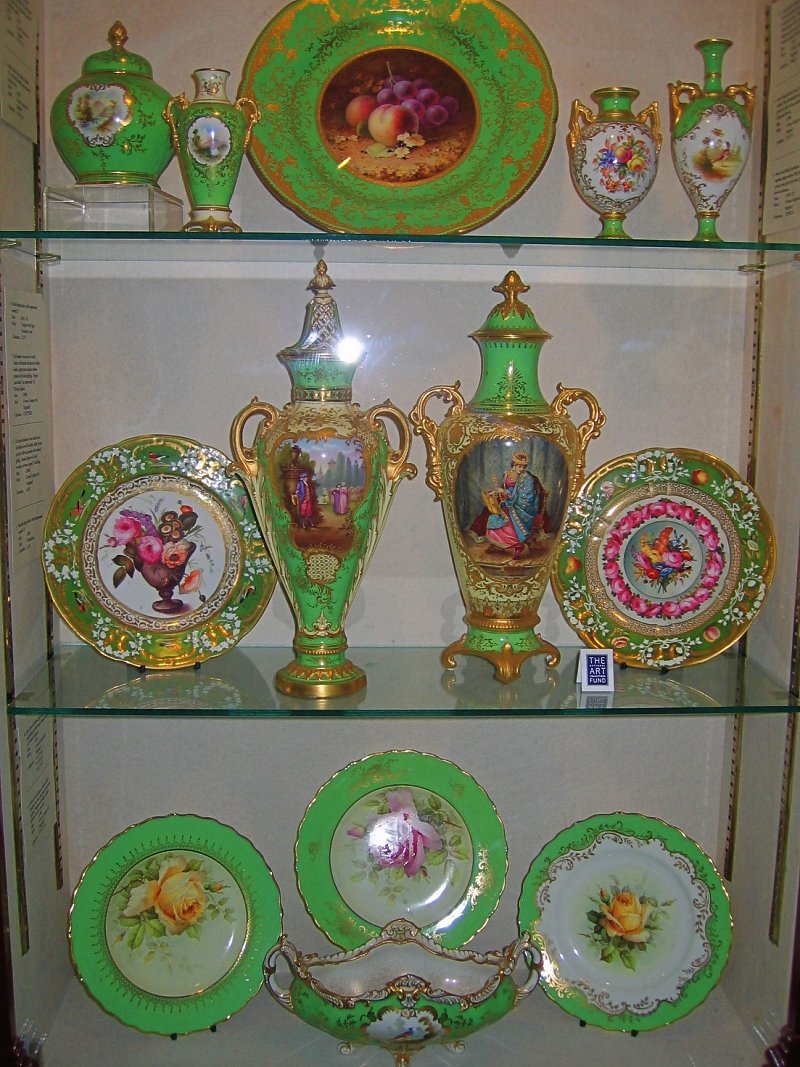 China Display © essentially-england.com
China Display © essentially-england.com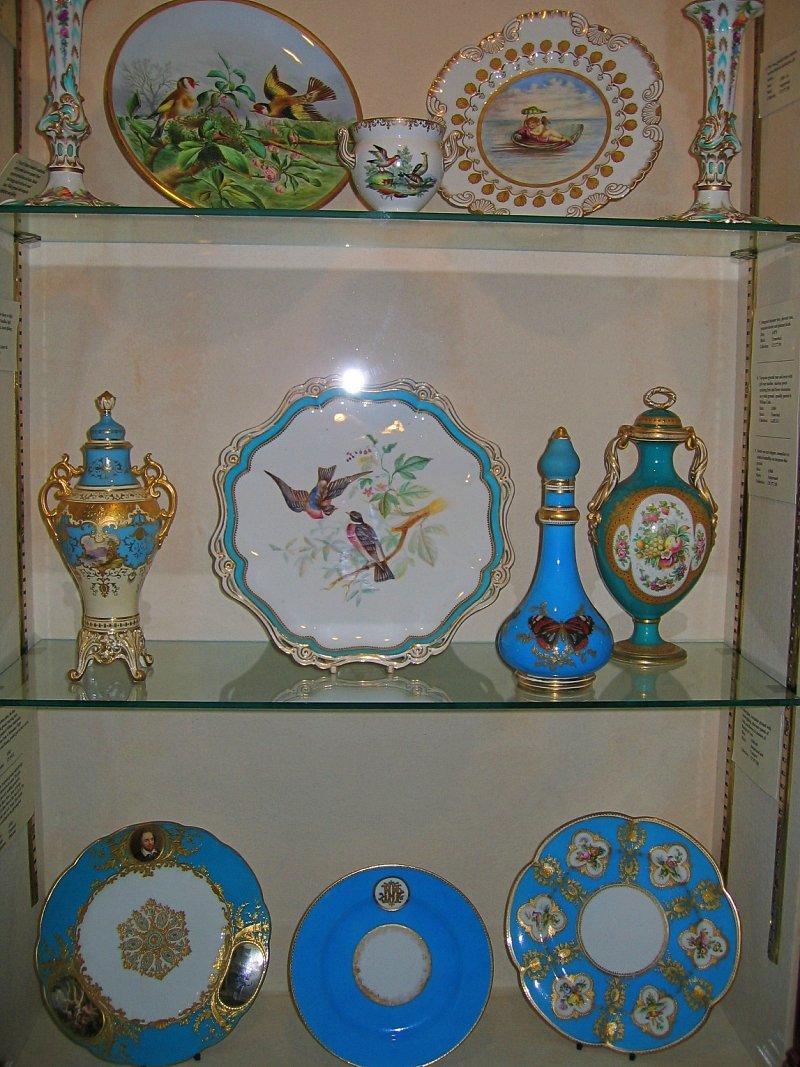 China Display © essentially-england.com
China Display © essentially-england.com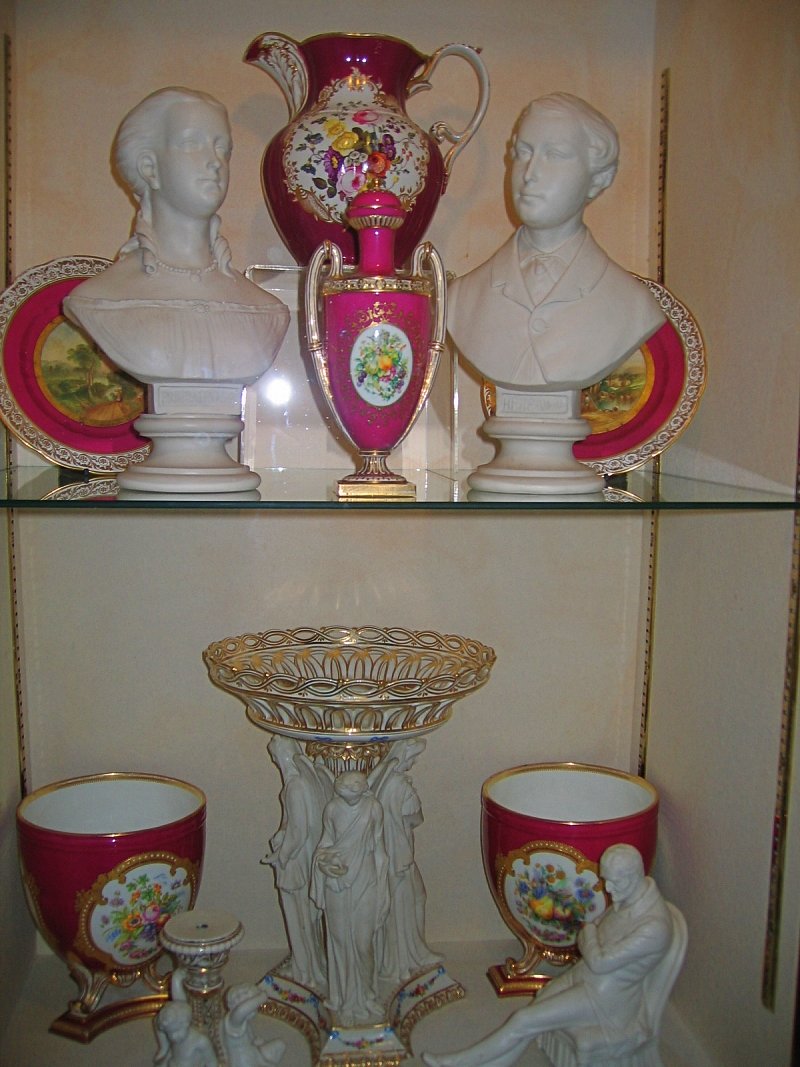 China Display © essentially-england.com
China Display © essentially-england.comCoalport became one of England’s biggest ceramics produces and its reputation for making fine china pieces was known around the world. The beautiful exhibits in the Coalport China Museum display the historical significance of the china produced in these buildings and you’ll discover the history of Coalport china, the developments and improvements they made and the skills required to make fine china. You'll also get to see some of the workshops and tools used by the workforce. Some of the traditional skills such as clay moulding, china painting, and the Coalport speciality of flower making are regularly demonstrated in some of the old workshops.
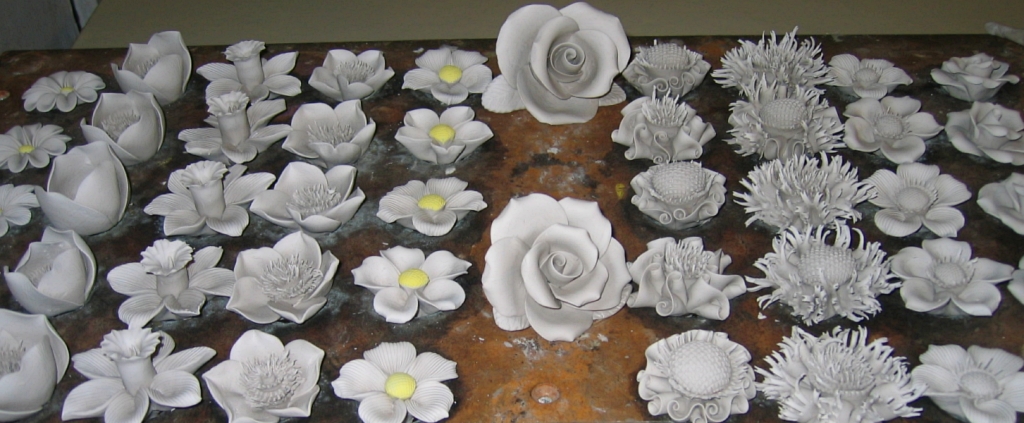 Coalport China Flowers © essentially-england.com
Coalport China Flowers © essentially-england.comChina production in Coalport ceased in 1926 and was moved to Staffordshire, the home of the potteries and, traditionally, the centre of the English ceramics industry. The brand continued until 1967, when it was finally taken under the wing of the Wedgewood group.
If you would like more information about opening times and events taking place at the Coalport China Museum please visit their website here. For those really interested in their china they do hold one day classes in which you can learn to make your own china pieces.
Are You Planning a Trip to Shropshire?
Shropshire is a marvellous place for history and food lovers! There's so much to see and do and taste, that you'll need more than just a short visit. If food is your thing, head to Ludlow and start exploring from there. For history lovers, Shrewsbury makes a great base with many historical sites in very easy reach.
Where You Could Stay
To see more self-catering cottages in Shropshire click here or check out holiday cottages in other parts of England by clicking here.
If you need to find a hotel, then try one of these search platforms...
More hotel ideas can be found on our Shropshire Hotels page.
What You Could See and Do
Here are a few places that should go on your must-see list:
- Wroxeter Roman City
- Shrewsbury and Shrewsbury Abbey
- Attingham Hall
- Offa's Dyke
- Ironbridge Gorge, Ironbridge & Broseley Jitties
- Coalbrookdale Museum of Iron
- Jackfield Tile Museum and the Tar Tunnel
- Blists Hill Victorian Town - a fantastic living museum
- Ludlow Castle
- Stokesay Castle
Click here for a great list of things to do in Shropshire.
If you have enjoyed reading about the Coalport China Museum and would like to know more about the Ironbridge Gorge World Heritage Site then please click here.
Or check out our Shropshire page for more ideas of places to explore.

